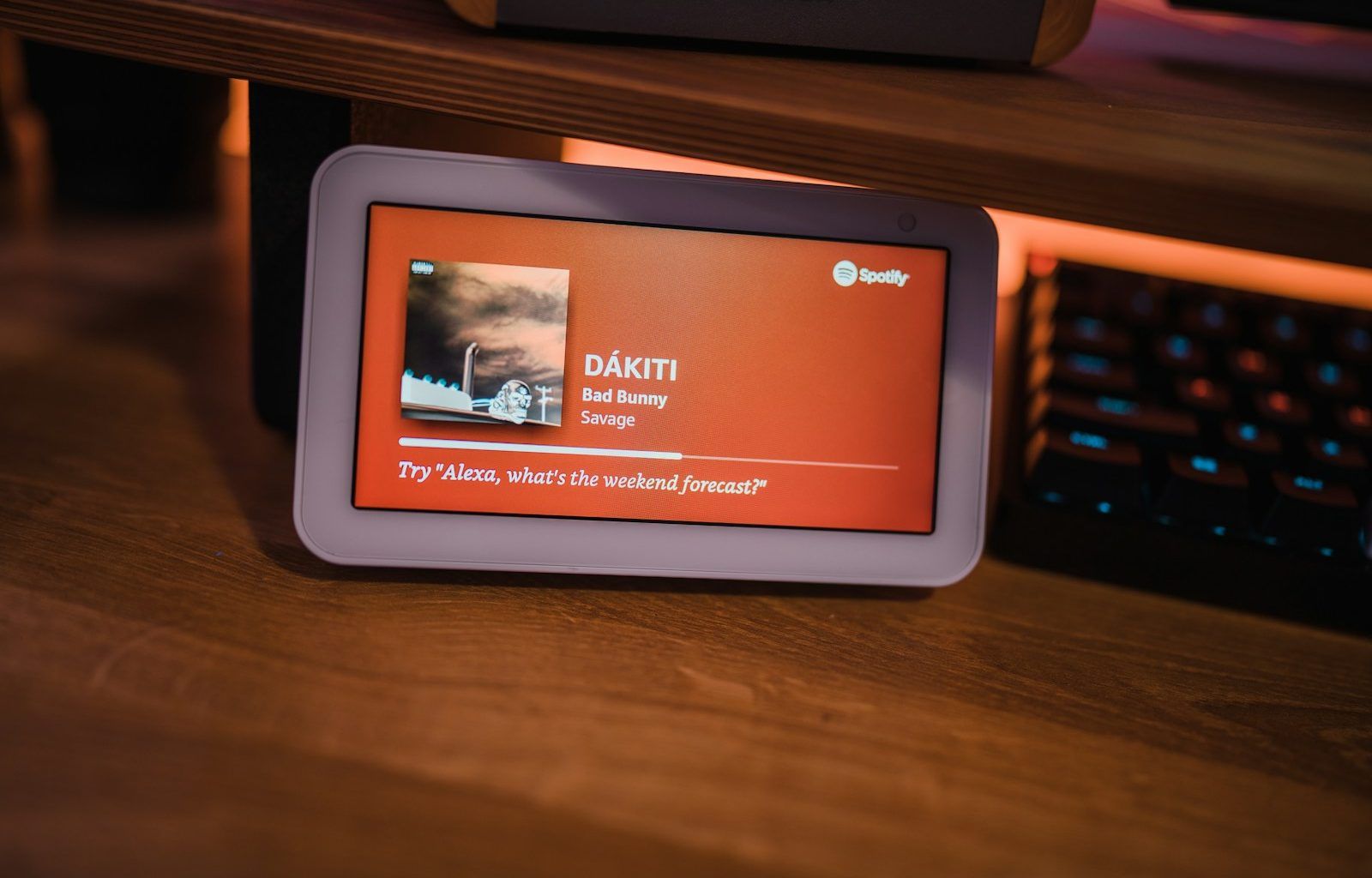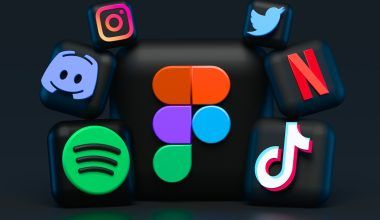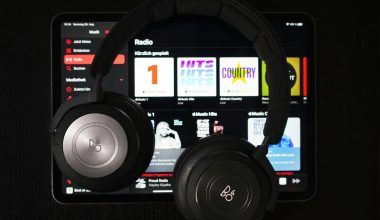Streaming platforms like Spotify have completely transformed how we consume music. With millions of songs available at the click of a button, it’s never been easier for listeners to discover new artists. But what about the artists themselves? How do they earn money from your streams? Enter the world of Spotify streaming royalties—a topic that’s both fascinating and complex.
In this blog, we’ll break down Spotify’s royalty system in simple terms. Whether you’re an artist trying to understand your earnings or a fan curious about how your streaming habits contribute to musicians’ incomes, this guide will give you all the answers.
What Are Spotify Streaming Royalties?
Spotify streaming royalties are payments made to rights holders—such as artists, songwriters, and producers—whenever their music is played on Spotify. But unlike traditional album sales, these royalties are calculated per stream. Sounds simple, right? Not exactly.
The amount an artist earns per stream depends on several factors, including Spotify’s revenue, the listener’s location, and the agreements between rights holders. On average, Spotify pays around $0.003 to $0.005 per stream, but this figure varies widely.
Why Is This Important?
For many independent musicians, streaming royalties are a vital source of income. While big-name artists might rake in millions, smaller artists often rely on these earnings to sustain their careers.
How Spotify Calculates Streaming Royalties
Understanding how royalties are calculated requires breaking down Spotify’s revenue model. Spotify operates on a pro-rata payment system, which means:
- Revenue Pool: Spotify collects money from subscriptions and ads.
- Total Streams: The platform tracks all streams within a given period.
- Artist Share: The royalties are divided based on the percentage of streams each artist received.
For example, if your song accounts for 1% of all streams in a month, you’ll receive 1% of the royalty pool.
Factors That Influence Royalties
- Subscription Tier: Premium listeners contribute more to royalties than free-tier users.
- Geography: Streams from wealthier countries often generate higher payouts.
- Distribution Agreements: The deals artists sign with labels and distributors affect how much they receive.
Challenges Artists Face with Spotify Streaming Royalties
While streaming has democratized access to music, it’s not without its downsides. Here are some challenges artists encounter:
Low Per-Stream Rates
The average payout per stream is relatively low, especially for independent artists. This means artists need millions of streams to earn a substantial income.
Complexity of Payments
Spotify doesn’t pay artists directly. Instead, payments go through intermediaries like record labels and distributors, who take their cuts before the artist sees any money.
Inequality Between Artists
Established artists with massive followings tend to dominate the royalty pool, leaving less for emerging musicians.
How Can Artists Maximize Their Earnings on Spotify?
Despite the challenges, there are strategies artists can use to increase their income from Spotify streaming royalties:
Focus on Building an Audience
The more streams you have, the higher your share of the royalty pool. Use social media, live performances, and collaborations to grow your listener base.
Choose the Right Distributor
Distributors like TuneCore, DistroKid, and CD Baby help independent artists get their music on Spotify. Compare their fees and services to ensure you’re getting the best deal.
Release Music Regularly
Consistency can help you stay relevant and maintain your streaming numbers. Plan your releases strategically to keep fans engaged.
Promote Playlists
Getting featured on popular playlists can significantly boost your streams. Reach out to curators or create your own playlists to showcase your work.
Spotify Streaming Royalties vs. Other Platforms
How does Spotify compare to other streaming services? Here’s a quick breakdown:
Spotify
- Average payout: $0.003-$0.005 per stream
- Pro-rata payment system
Apple Music
- Average payout: $0.01 per stream
- Pays more per stream than Spotify but has fewer users
YouTube Music
- Average payout: $0.0007-$0.001 per view
- Best for video content creators
While Spotify’s per-stream rates are lower than some competitors, its massive user base can make up for the difference in volume.
The Future of Spotify Streaming Royalties
The music industry is constantly evolving, and so is Spotify’s royalty system. Here are some trends to watch:
User-Centric Payment Models
Some experts suggest switching to a user-centric model, where royalties are based on individual listener habits rather than total streams. This could benefit niche artists with dedicated fanbases.
Increased Transparency
As artists demand clearer payment structures, Spotify may introduce more transparent royalty systems to build trust.
Diversification of Revenue
Artists are exploring additional revenue streams, such as merchandise sales and exclusive content, to supplement their streaming income.
Conclusion
Spotify streaming royalties are a double-edged sword. While they offer artists unprecedented access to global audiences, the financial rewards can be underwhelming. For artists, understanding how royalties work is the first step toward maximizing their earnings. And for listeners, supporting your favorite musicians by streaming, buying merchandise, or attending concerts can make a huge difference.
So, the next time you hit play on Spotify, remember the intricate web of royalties working behind the scenes. Your streams matter—to the artists and the industry as a whole.
Related Articles:
For further reading, explore these related articles:
- The Rising Influence of Virgin Music in the Global Industry
- How to Add Audio in Instagram: A Comprehensive Guide
For additional resources on music marketing and distribution, visit DMT Records Private Limited.






